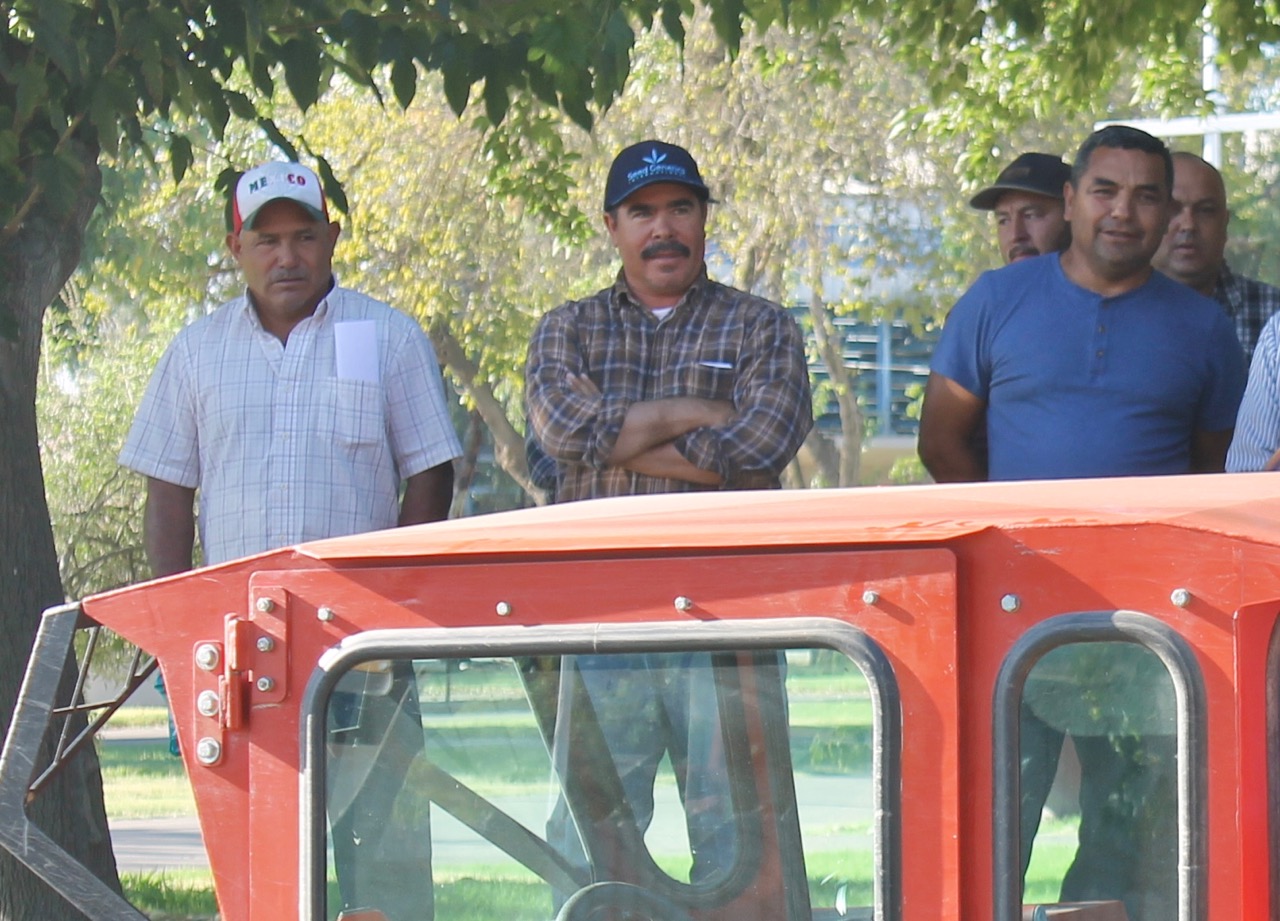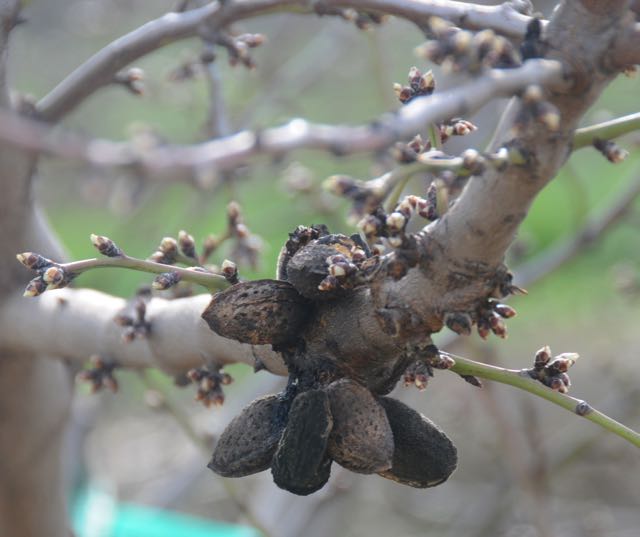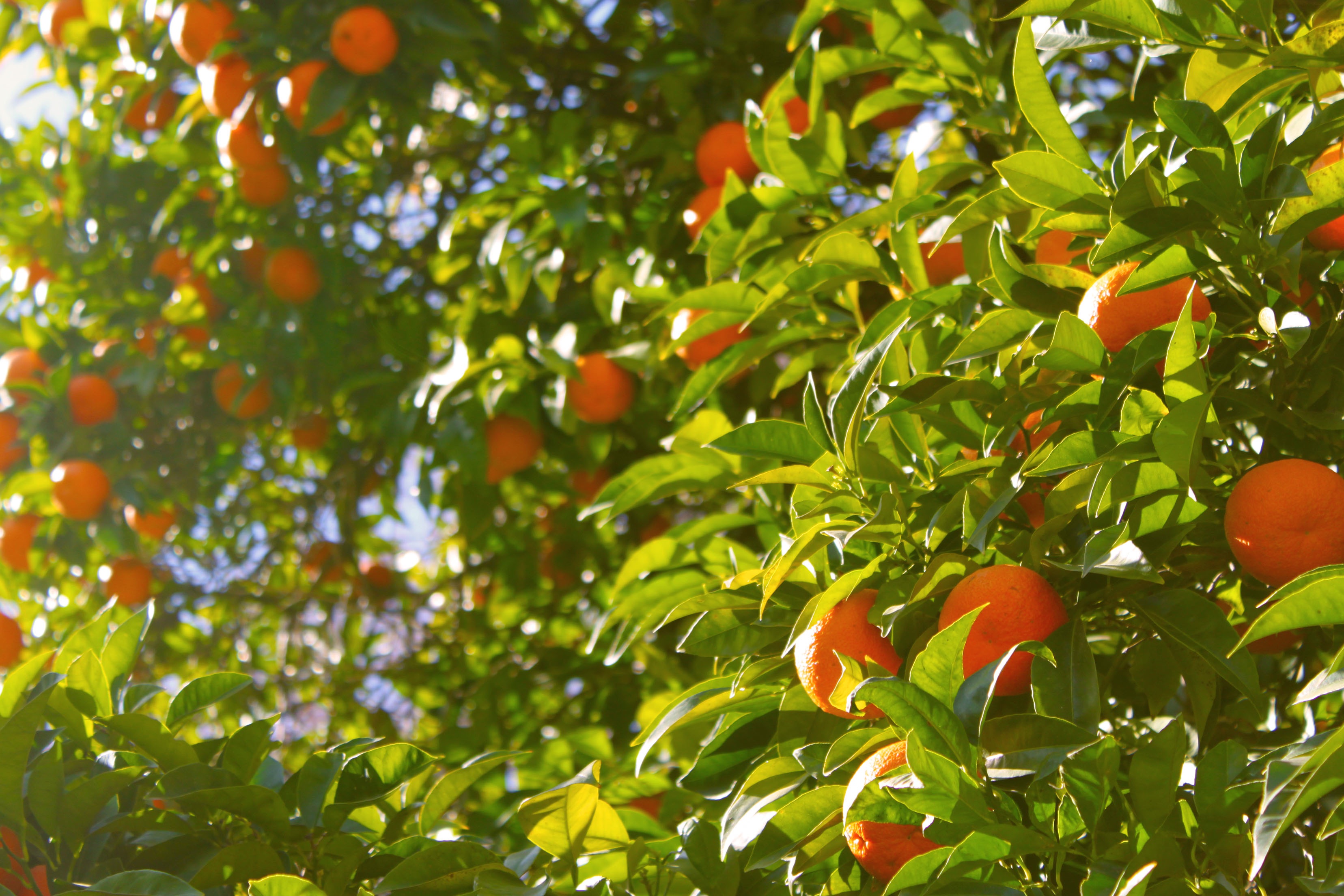Almond Board CEO Talks About Group’s Mission
An Ongoing Series on the Value of the Almond Industry
By Patrick Cavanaugh, Farm News Director
Because it takes a while to harvest more than one million acres, the 2017 almond harvest is still going strong. The Modesto-based Almond Board of California is a federal marketing order charged to market those almonds both domestically and globally. A board composed of 10 grower members oversees committees focused on production research, almond quality and food safety, nutrition research and the environment, just to name a few.
Richard Waycott is president and CEO of the Almond Board. He noted that he’s proud to be part of this massively growing industry. “It’s just been a wonderful pleasure for me, and it’s such a great career opportunity to be part of this industry and try and have vision and work with my board of directors on agreeing on that vision and then with the great staff and all of the industry volunteers we have to implement the vision,” he said.
Waycott is suitably biased toward the almond industry. “We do see almonds as being a crop that should be grown in California. It’s producing a product that should be consumed more by humans,” Waycott said.
“Our efforts to farm more sustainably in the future, than we do today, and to provide for more automation in the industry and better grower practices, et cetera, is what our mission is. I think we’re very much on a road to executing that in a very responsible and an innovative way,” he said
This is part of a series on the big value of the California almond industry.

























